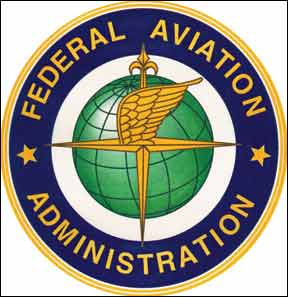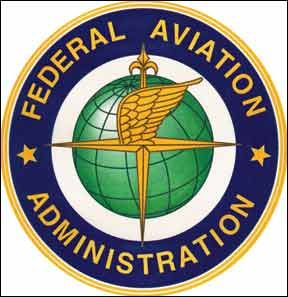Its been almost four years since the FAA has been able to engage in the kind of long-range planning most other federal agencies enjoy. Thats because the most-recent multi-year legislation authorizing its activities expired in 2007, forcing the agency into a situation where its been subject to a series of short-term 288 extensions-21 of them so far, as of this writing-to continue operating. Most recently, the agencys offices and employees tasked with airport construction, facilities modernization, and research and development, were forced to shut down when Congress failed to renew the latest extension. Some 4000 FAA employees were furloughed over the two-week period it took for Congress to get its act together long enough to slide through another short-term extension after the majority of both houses members went home for their August recess. This latest extension is set to expire on September 16, raising the prospect of yet another partial shutdown. Why is this important? On some levels, it isnt-until the partial shutdown in late July, few people knew or cared that the FAA hasnt been reauthorized in several years. Airlines operated, airports were open, runways and control towers were built, the ATC system functioned. In fact, by many measures, the U.S. air transportation system is the safest its ever been without a long-term FAA authorization bill, so why bother passing one? Part of the answer is to prevent the kind of sophomoric shenanigans we recently witnessed where the FAA and its multi-billion-dollar programs-along with the continued safety and efficiency of the air transportation system-were essentially held hostage by a couple of people unable to further their political agenda in any other way. The two individuals are U.S. Reps. John Mica (R-FL) and Thomas E. Petri (R-WI), respectively the chairmen of the U.S. House of Representatives Committee on Transportation and Infrastructure and its Subcommittee on Aviation. Together earlier this year, they inserted into their version of a short-term FAA extension bill a provision eliminating essential air service (EAS) support at several underserved airports in the U.S. Its no accident the provision targeted airports in states represented by Senate Majority Leader Harry Reid (D-NV), Senate Committee on Finance Chairman Max Baucus (D-MT) and Senate Committee on Commerce, Science and Transportation Chairman John D. Rockefeller, IV (D-WV). All three states have rural airports unable to sustain scheduled airline service were it not for the EAS program, which subsidizes ticket prices, and those senators are involved in the FAA reauthorization negotiations. Yes, the EAS program is problematic. The most recent figures available show its a $183 million subsidy to communities unable to support scheduled service on their own. As such, theyre ripe for alternatives, including general aviation, fractional or per-seat charter options. But that debate needs to occur on its own merits, separate from the larger one revolving around FAA funding. Thats especially true since the $187 million the EAS cost during the last fiscal year was more than eclipsed when the airline ticket tax expired along with the short-term FAA extension. Estimates are the inability to collect the ticket tax meant a $1.3 billion shortfall in revenues over the two-week period. 288 This is the primary reason a long-term FAA funding bill has been so elusive: unrelated issues. The most divisive one involves whether airline employees who abstain from voting on whether to be represented by a union should be counted as having voted against unionization or not counted at all. Again, this is an issue unrelated to the FAAs operations and funding, but one which has become intertwined. Essentially, the FAAs long-term funding, priorities and operations have been taken hostage by unrelated issues. Not only were 4000 employees unnecessarily furloughed as a result, this recent episode actually cost taxpayers much more than outright elimination of the EAS program would save. Its no way to run a lemonade stand, nor the nations air transportation system, and Reps. Mica and Petri should be sent to bed without dinner, like the spoiled children they are. Alive And Well For almost as long as Ive been paying attention to it, general aviation has been moribund. If, that is, you listen to some of the old-timers who decry things like glass panels, overseas investment and airframe parachutes. According to them-and, from time to time, Ive agreed-the industry and community it serves has one foot on a bar of soap and the other in historys dustbin. Those naysayers havent been to Oshkosh lately. I returned from the 2011 edition of the Experimental Aircraft Associations AirVenture aviation celebration less than a week before sitting down to type these words. Im happy to report, based on the enthusiasm and dedication I saw among show volunteers and attendees, theres nothing wrong with general aviation that settling a few issues like alternative fuels and GPS interference-while improving our safety record-wont fix. Yes, those and other challenges deserve our undivided attention. And fuel prices are too high, while student starts and finishes are too low. But the advanced technologies, new products, alternative powerplants and innovative designs just keep coming. Like so many other avocations, general aviation is changing. Those changes will affect the industry and the ways we use personal aircraft. But theyre just changes, neither good ones nor bad ones. And change is good. – Jeb Burnside





